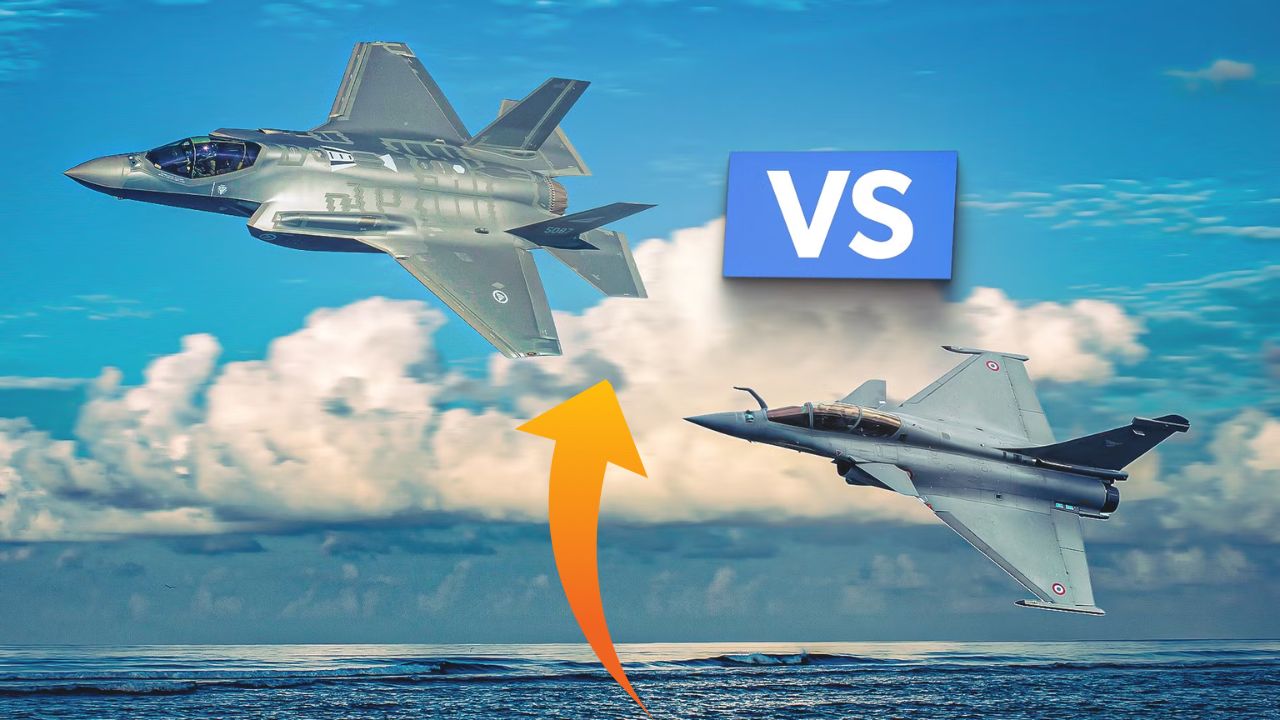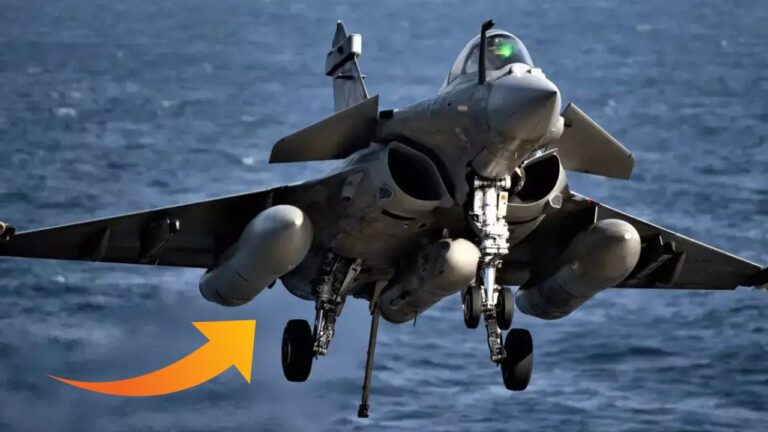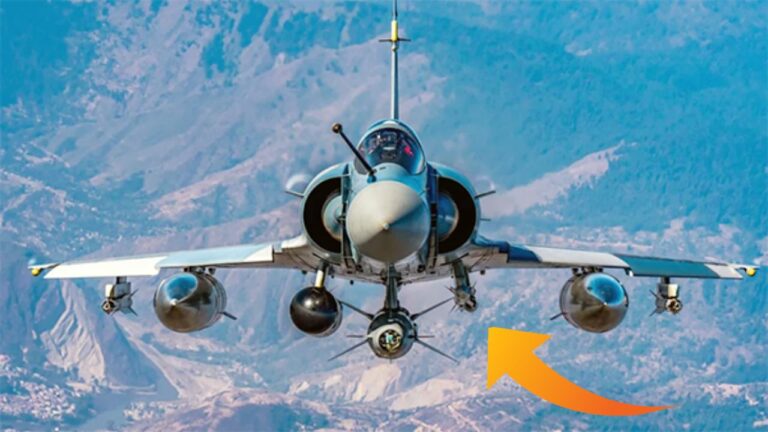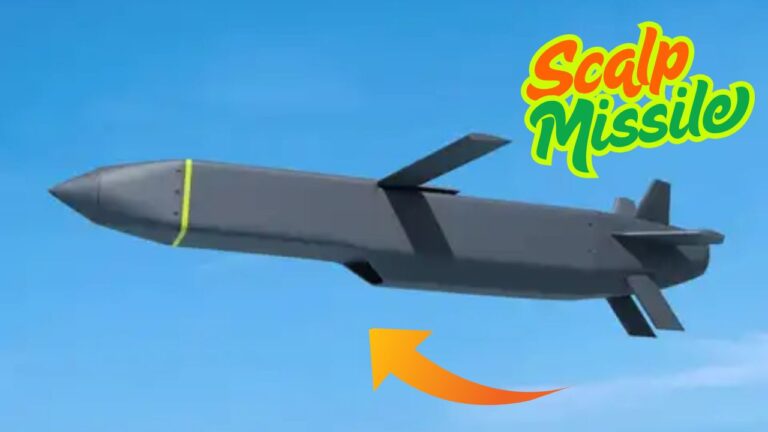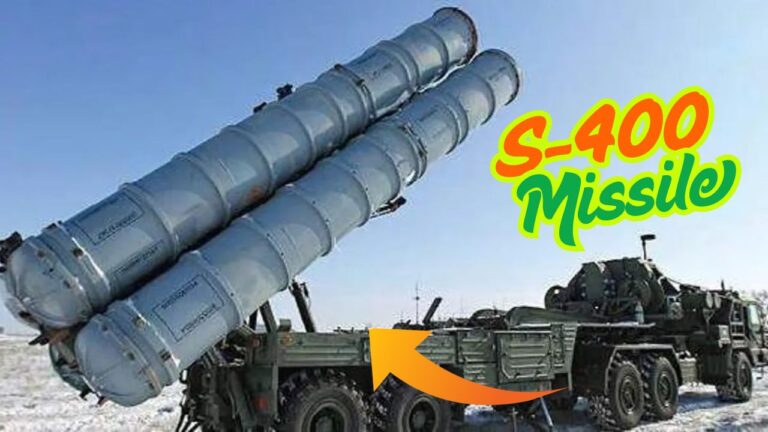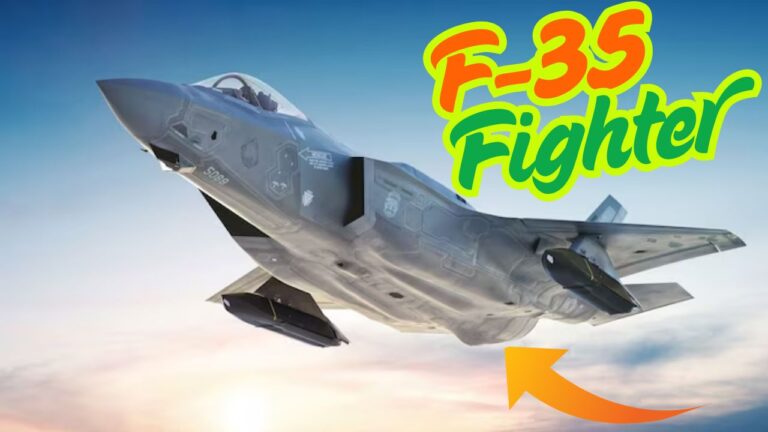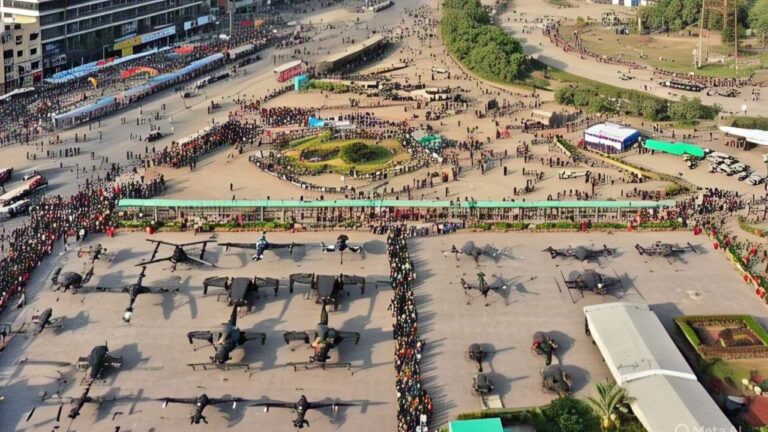F35 vs Rafale Price in India, Top-speed, Specifications and Characteristics
The F-35 Lightning II and Dassault Rafale are two of the world’s top multirole fighter jets. Both have gained much attention in India’s defense talks. India has already brought the Rafale into the Indian Air Force. Discussions about acquiring the F-35 continue because of its stealth capabilities.
These jets differ in design, technology, performance, and cost. This makes direct comparisons important for understanding their value. The Rafale is a 4.5-generation fighter known for its versatility and proven reliability. The F-35, a fifth-generation jet from Lockheed Martin, offers great situational awareness and network-centric warfare features.
Price is also crucial for comparison. The Rafale is costly, but the F-35 can be even more expensive, depending on the variant. This article looks at the F-35 vs. Rafale debate in India. It covers top speed, price, specifications, and unique features.
F35 vs Rafale Price in India
The unit cost for the F-35A variant is about $82.5 million. When you add export costs, like training and support equipment, the total rises to $100–110 million. Over a 40-year lifecycle, the total cost for 110 F-35As could reach $80–100 billion. This includes operating costs, maintenance, upgrades, and spares.
India has brought the Rafale fighter jet into its Air Force. The initial deal in 2016 for 36 Rafales, which included enhancements, weapons, and infrastructure, was €7.87 billion (around $8.7 billion at 2016 rates). This comes to about $242 million per unit. In April 2025, India signed another deal for 26 Rafale Marine variants for the Navy, valued at $7.4 billion, or about $277 million per aircraft.
Top-speed
F-35 Lightning II
-
Top Speed: Mach 1.6
-
In km/h: Approximately 1,975 km/h
Dassault Rafale
-
Top Speed: Mach 1.8
-
In km/h: Approximately 2,222 km/h
Specs
| Specification | F-35 Lightning II | Dassault Rafale |
|---|---|---|
| Generation | 5th Generation | 4.5th Generation |
| Role | Stealth Multirole Fighter | Multirole Fighter |
| Top Speed | Mach 1.6 (≈ 1,975 km/h) | Mach 1.8 (≈ 2,222 km/h) |
| Combat Radius | ≈ 1,093 km (F-35A) | ≈ 1,850 km |
| Range (Ferry) | ≈ 2,200 km | ≈ 3,700 km |
| Stealth | Yes (low RCS, internal weapons bay) | Limited stealth (reduced RCS, no internal bay) |
| Thrust | 191 kN (F-135 engine) | 150 kN (with afterburner, twin M88-2 engines) |
| Radar | AN/APG-81 AESA | RBE2-AA AESA |
| Avionics | Sensor fusion, advanced ECM, EOTS | Spectra EW suite, OSF IRST |
| Weapons Capacity | 8,160 kg (internal + external) | 9,500 kg (external only) |
| Unit Cost (est. India) | $100–110 million (F-35A) | $242–277 million (Rafale India-specific) |
| Operational Status in India | Not inducted | Inducted (36 Air Force, 26 Navy ordered) |
Characteristics
1. Stealth & Radar Cross-Section (RCS)
-
F-35: 5th-generation stealth fighter with internal weapons bays, radar-absorbent materials, and a low-observable design (RCS of ~0.001 m²).
-
Rafale: 4.5-generation fighter with minimal stealth features (semi-reduced RCS via composites and shaping) but relies more on electronic warfare (SPECTRA system) for survivability.
2. Avionics & Sensors
-
F-35:
-
AN/APG-81 AESA radar (superior detection range).
-
Distributed Aperture System (DAS) – 360° infrared vision.
-
Sensor fusion integrates data from all systems into a single display.
-
-
Rafale:
-
RBE2-AA AESA radar (excellent multi-target tracking).
-
SPECTRA electronic warfare suite (one of the best in the world).
-
Optronique Secteur Frontal (OSF) IRST for passive detection.
-
3. Weapons & Payload
-
F-35:
-
Internal bays limit payload (4-6 missiles internally).
-
Can carry external stores (but loses stealth).
-
Compatible with AIM-120D, AIM-9X, JSM, and SDB-II.
-
-
Rafale:
-
14 hardpoints, can carry 9,500 kg of weapons.
-
Meteor BVRAAM (longest-range air-to-air missile in IAF).
-
SCALP-EG cruise missile, Hammer precision bombs, Exocet anti-ship missiles.
-
4. Maneuverability & Dogfighting
-
F-35:
-
Less agile than Rafale but compensates with stealth and sensors.
-
Thrust-vectoring (F-35B STOVL variant only).
-
-
Rafale:
-
Superior aerodynamics (delta wing + canards).
-
Better close-combat performance due to high thrust-to-weight ratio.
-
5. Engine & Performance
| Spec | F-35A (Conventional) | Rafale (F3R Standard) |
|---|---|---|
| Engine | Pratt & Whitney F135 (1x) | Snecma M88-4E (2x) |
| Thrust | 43,000 lbf (with afterburner) | 34,000 lbf total (2x 17,000 lbf) |
| Top Speed | Mach 1.6 (~1,930 km/h) | Mach 1.8 (~1,912 km/h) |
| Combat Range | ~1,200 km (internal fuel) | ~1,850 km (with drop tanks) |
| Service Ceiling | 50,000 ft | 50,000 ft |
6. Operational Role
-
F-35: First-day-of-war stealth striker – excels in deep penetration, SEAD/DEAD (suppressing enemy air defenses), and network-centric warfare.
-
Rafale: Omnirole fighter – optimized for air superiority, strike missions, nuclear delivery, and maritime attacks.
Alternatives
Western Alternatives
| Fighter Jet | Origin | Highlights |
|---|---|---|
| Eurofighter Typhoon | UK/Germany/Italy/Spain | 4.5-gen, highly agile, powerful radar, high cost |
| F-15EX Eagle II | USA | Heavy payload, long range, excellent speed |
| F/A-18 Super Hornet | USA | Carrier-capable, already evaluated by Indian Navy |
| Gripen E/F | Sweden (Saab) | Affordable, high-tech, ideal for smaller airforces |
Russian Alternatives
| Fighter Jet | Origin | Highlights |
|---|---|---|
| Su-30MKI (upgraded) | Russia/India | Backbone of IAF, being upgraded with new avionics |
| Su-35 | Russia | Air superiority focus, high maneuverability |
| MiG-35 | Russia | Budget-friendly, multirole, AESA radar |
| Su-57 (export variant Su-75 Checkmate) | Russia | Stealth, still in early development |
Indigenous Options
| Fighter Jet | Origin | Highlights |
|---|---|---|
| HAL Tejas Mk1A | India | Light fighter, modern avionics, cost-effective |
| HAL AMCA (under development) | India | Stealth 5th-gen, long-term indigenous solution |
FAQs
1. Has India purchased the F-35?
No. As of now, India has not purchased the F-35. The aircraft has been offered, but India has shown no official interest in acquiring it.
2. How many Rafale jets has India acquired?
India has ordered 36 Rafale jets for the Air Force, all of which have been delivered. In 2025, India also signed a deal for 26 Rafale Marine jets for the Navy.
3. Which is faster: F-35 or Rafale?
The Rafale is faster, with a top speed of Mach 1.8 compared to the F-35’s Mach 1.6.
4. Which is more expensive?
In terms of per unit cost with customizations, the Rafale (India-specific) is currently more expensive than the F-35A.
-
Rafale: ~$242–277 million/unit
-
F-35A: ~$100–110 million/unit (excluding full lifecycle costs)
5. Which is stealthier?
The F-35 is a 5th-generation stealth fighter, offering significantly lower radar visibility than the Rafale, which has limited stealth features.
6. Which jet is better for India’s long-term needs?
It depends on the mission profile:
-
F-35 is ideal for stealth-heavy, high-tech environments.
-
Rafale is battle-tested, versatile, and better integrated into current IAF operations.
Conclusion
The F-35 and Rafale have different roles and reflect unique defense ideas. The Dassault Rafale is in use by the Indian Air Force and now the Navy. It offers a mix of speed, versatility, and proven combat ability. This makes it a good fit for India’s current defense setup. The Rafale has shown it can be reliable in battle.
In contrast, the Lockheed Martin F-35 is advanced in stealth and sensor fusion. This makes it a strong choice for future air dominance and network warfare. However, its high long-term costs and complex integration are concerns for India. While the Rafale costs more per unit in India, its proven adaptability and support network make it a sensible option.
The F-35, while more advanced in some areas, may serve better as a long-term investment. Ultimately, India’s decision will depend on balancing current needs with potential future threats and technological changes.

